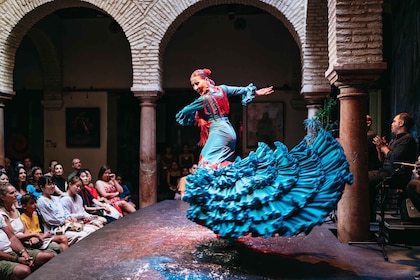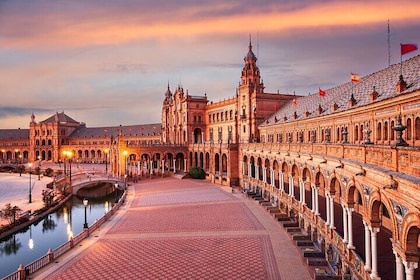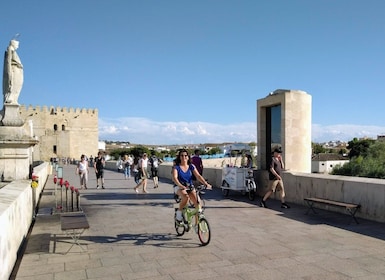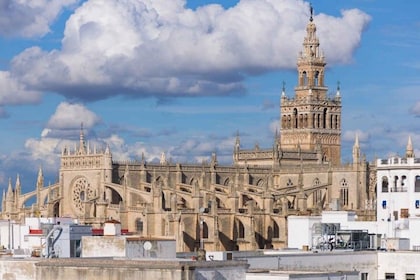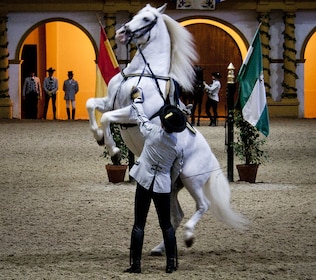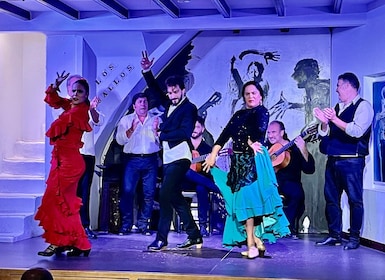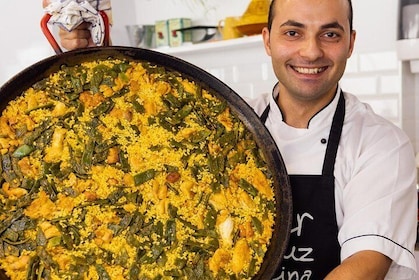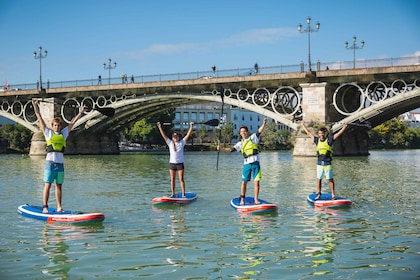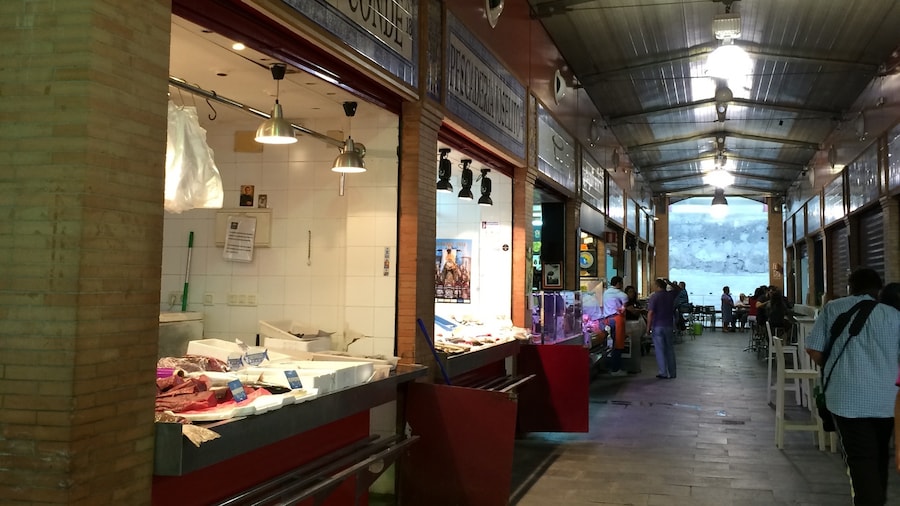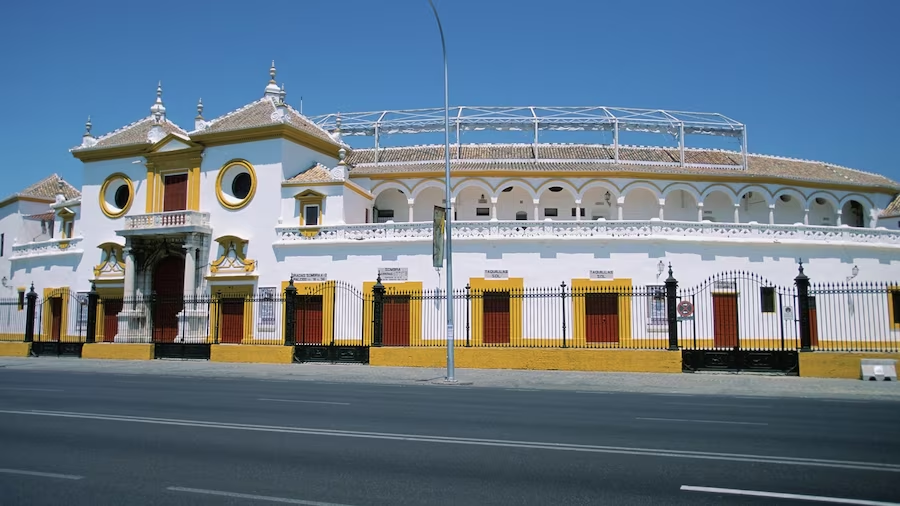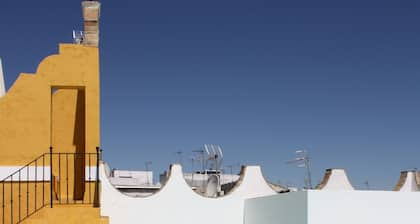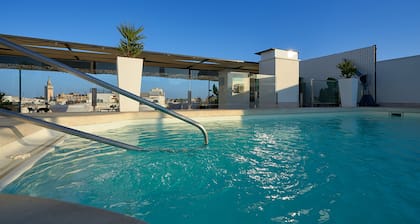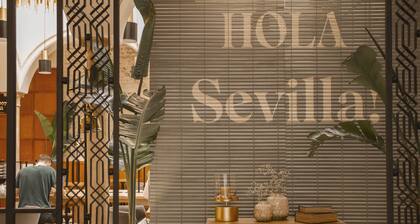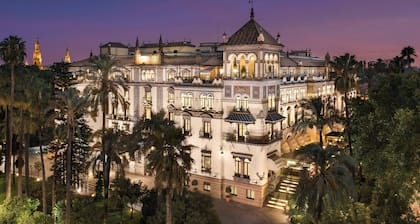Triana Bridge, with its picturesque stone pylons and metal arches, is one of Seville’s most photographed landmarks. The crossing is also a popular place for sweethearts to proclaim their undying love for each other.
Built between 1847 and 1852, it is one of the oldest iron bridges in Spain and spans the Guadalquivir River. The 489-feet (149-meter) structure is also known as Puente Isabel II and connects downtown Seville with the Triana neighborhood. It replaced the wooden bridge built by the Moors in the 12th century.
Take a few minutes to walk along its length and stop every now and again to enjoy the views of the river and city. As you stroll across the bridge note the padlocks chained to the railings. They have been left there by couples who then throw the keys in the river to symbolize their eternal bond.
Once you have reached the other side, explore Triana, the former Romani (Gypsy) quarter and heart of the city’s flamenco culture. Visit Triana’s tapas bars and shops selling hand-painted ceramics. By the bridge’s north tower is the Museo Del Castillo San Jorge, which contains the remains of a castle, a former headquarters of the Spanish Inquisition.
To appreciate more of the bridge’s architecture, take a position on either side of the river and gaze up at the iron construction. There are three sections, each consisting of five arches with a number of iron circles. For a closer, waterside view, journey down the river on boat cruises that pass under the bridge. Come back down to the river at night to see the waterway and bridge illuminated by its streetlights.
Triana Bridge is situated a few minutes’ walk from some of Seville’s well-known attractions, including Torre del Oro and the cathedral. The area is well served by public transportation. There is also metered underground parking below the Paseo de Cristóbal Colón and the Mercado de Triana.





